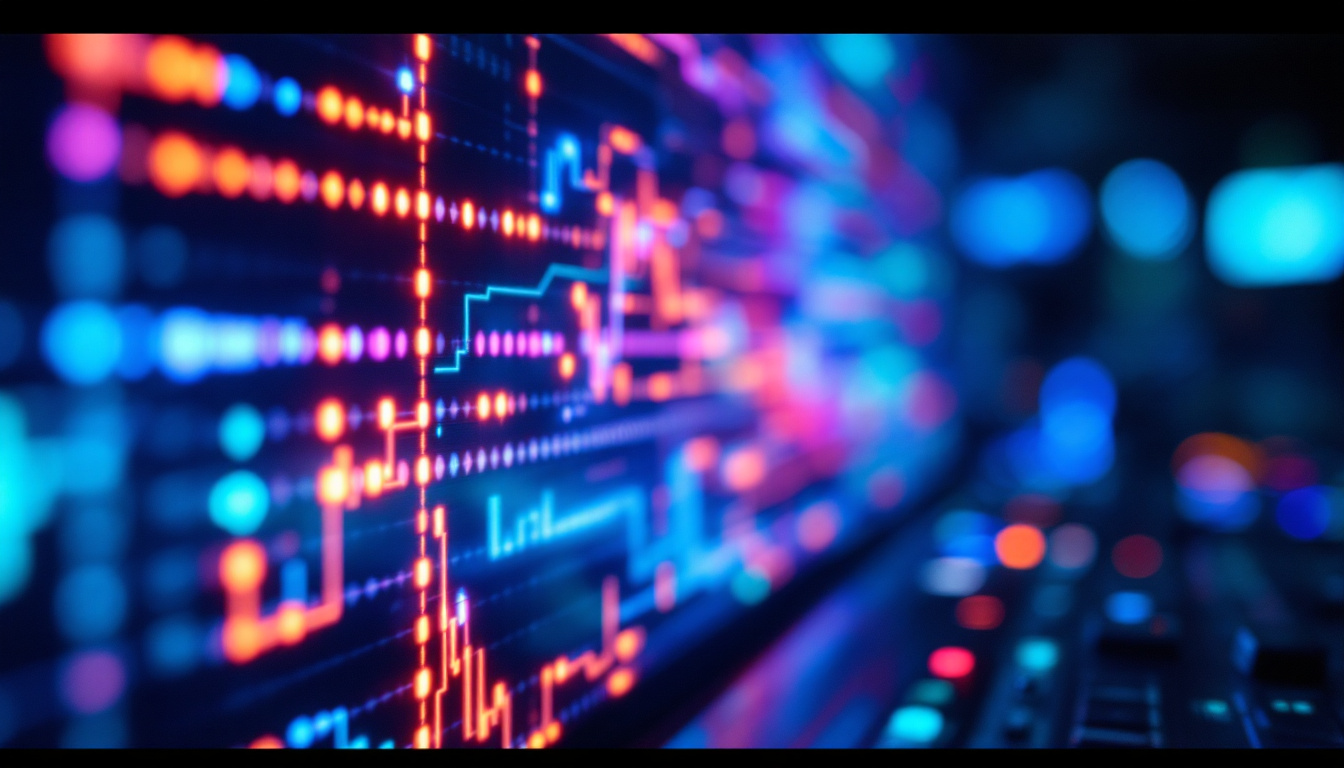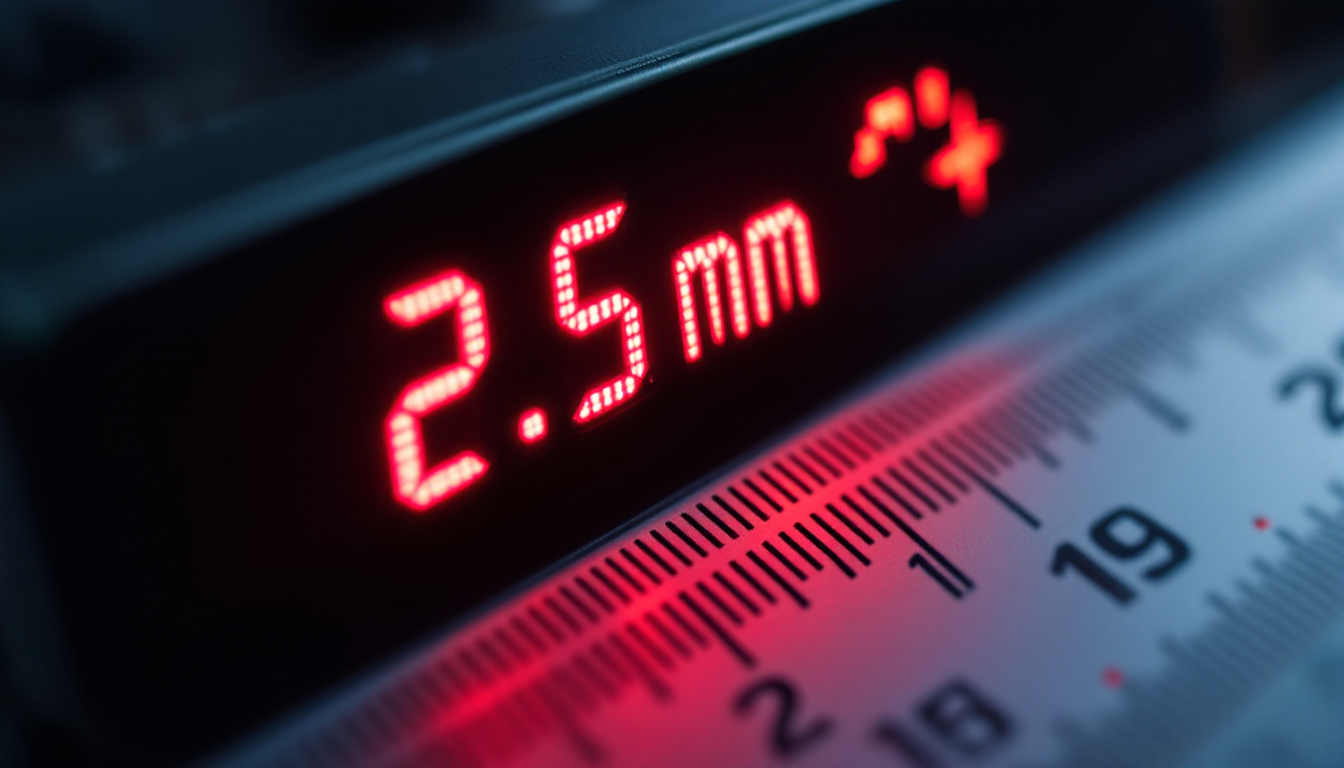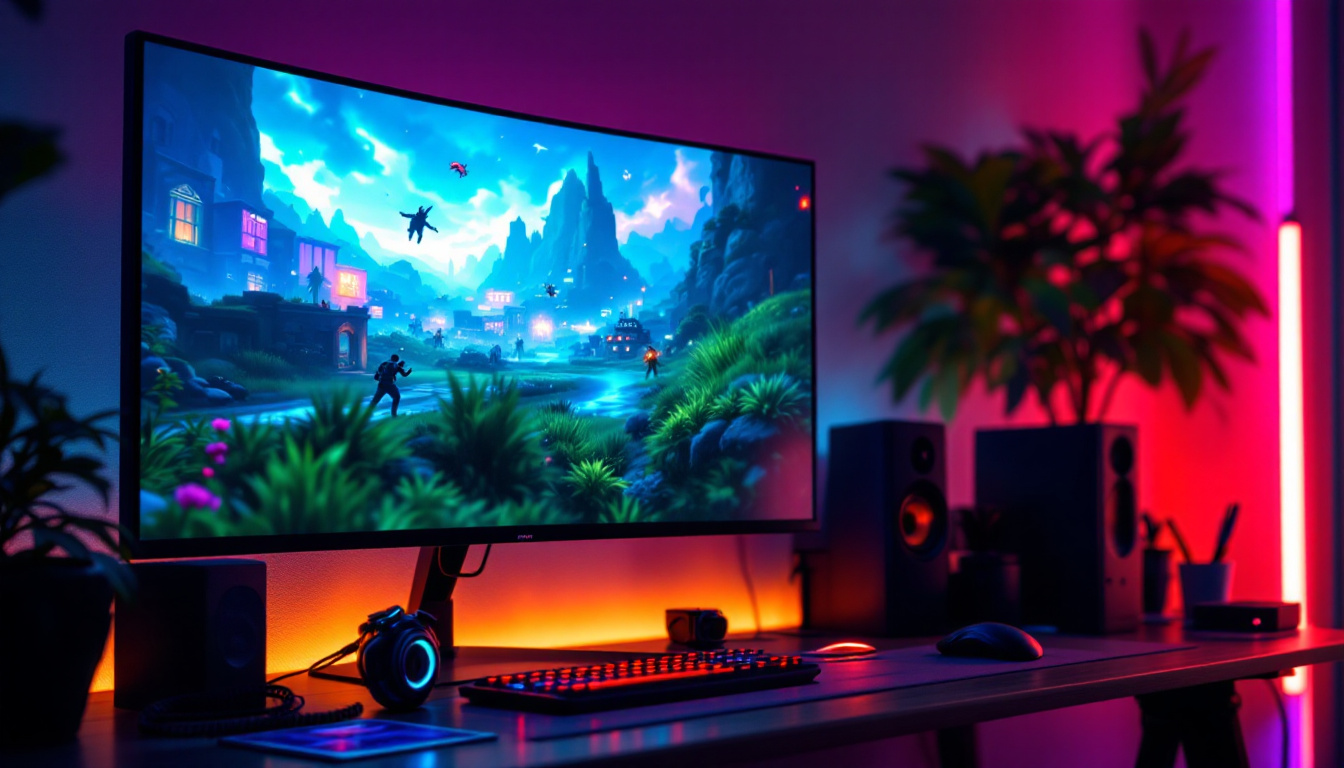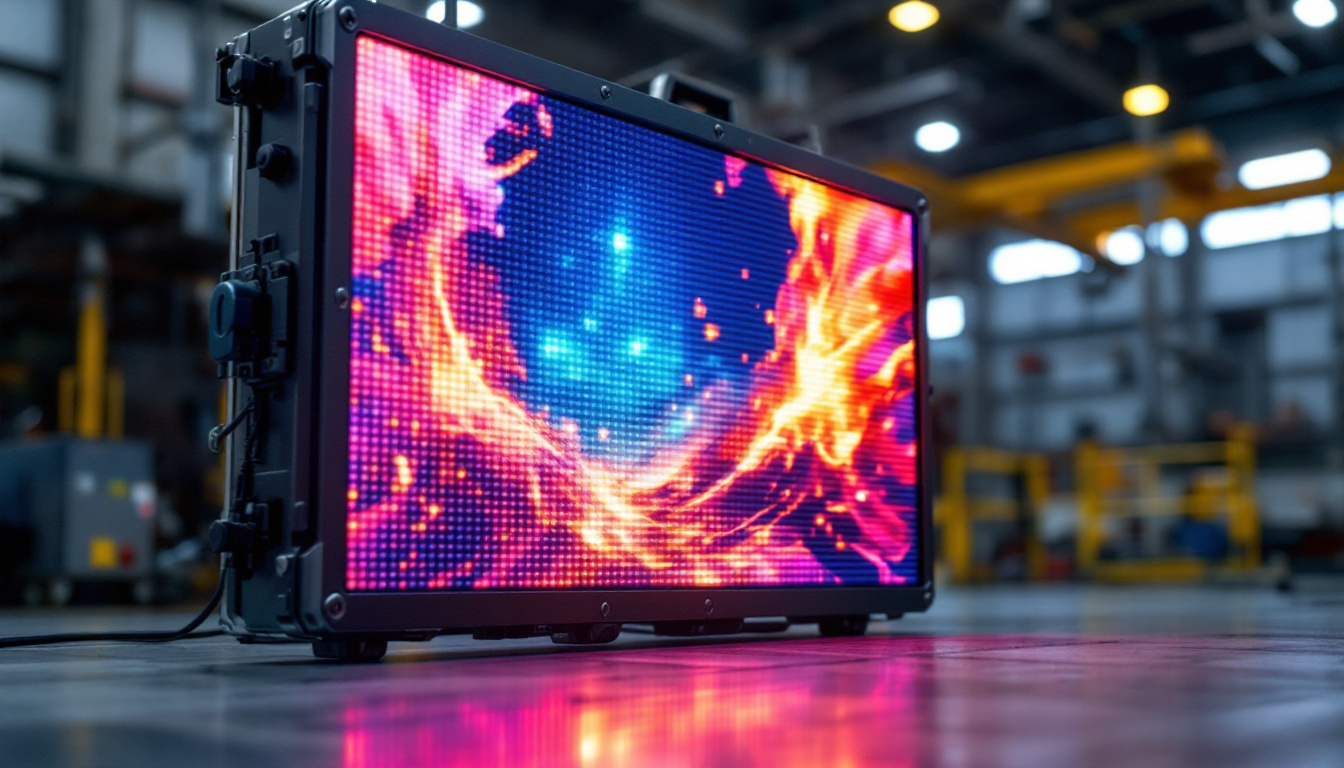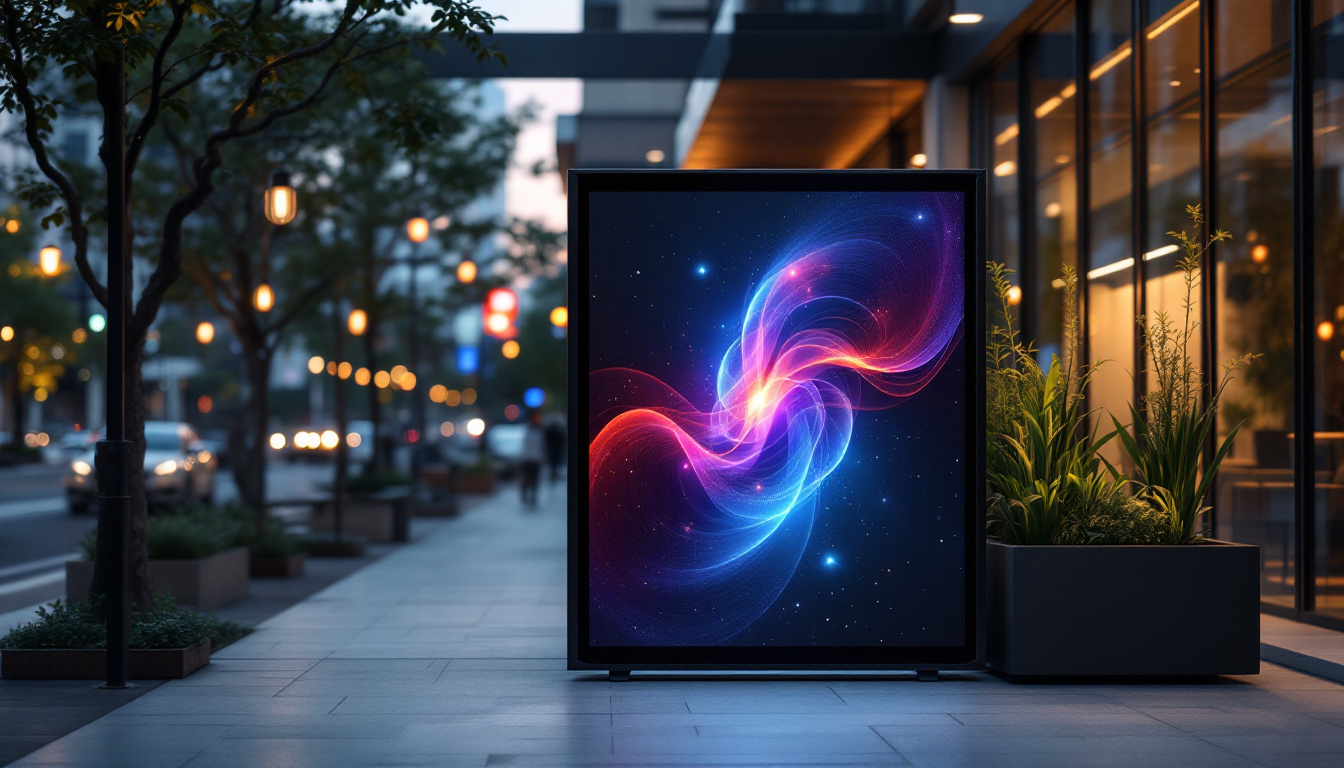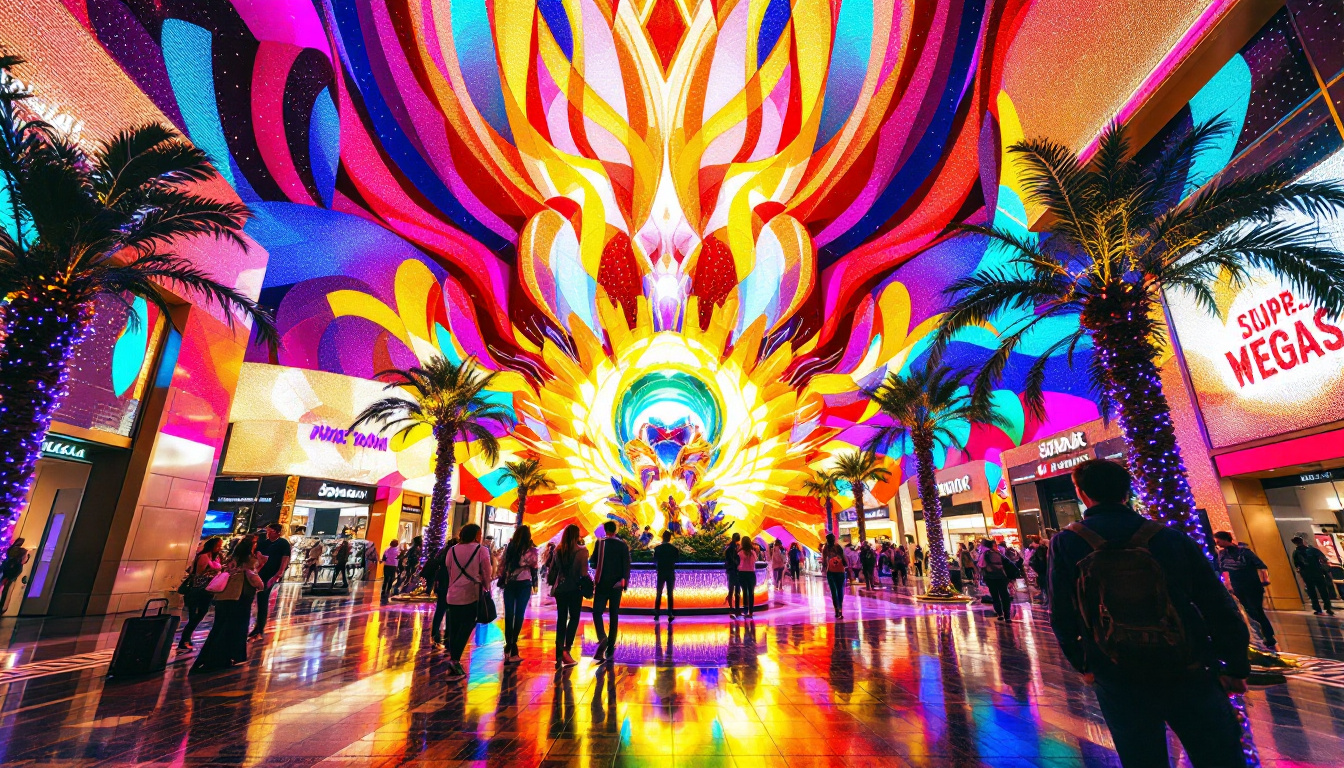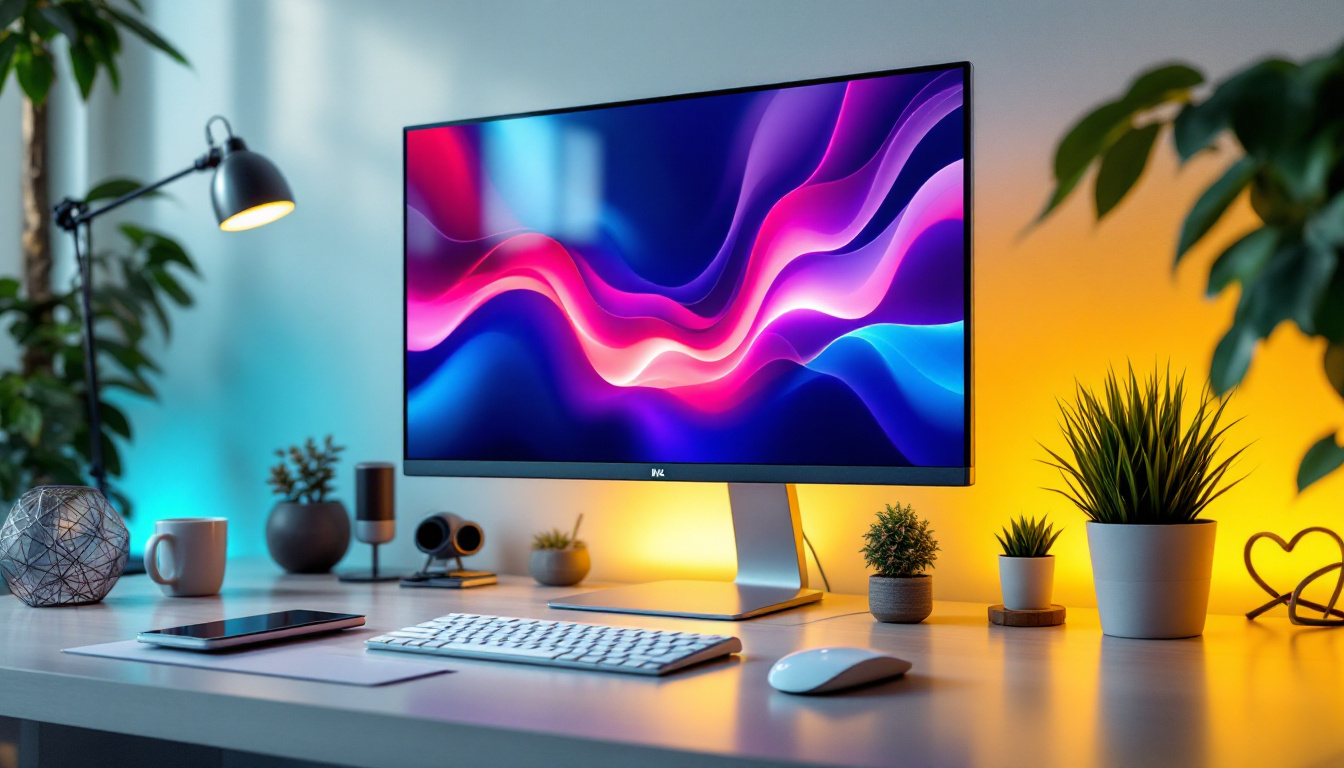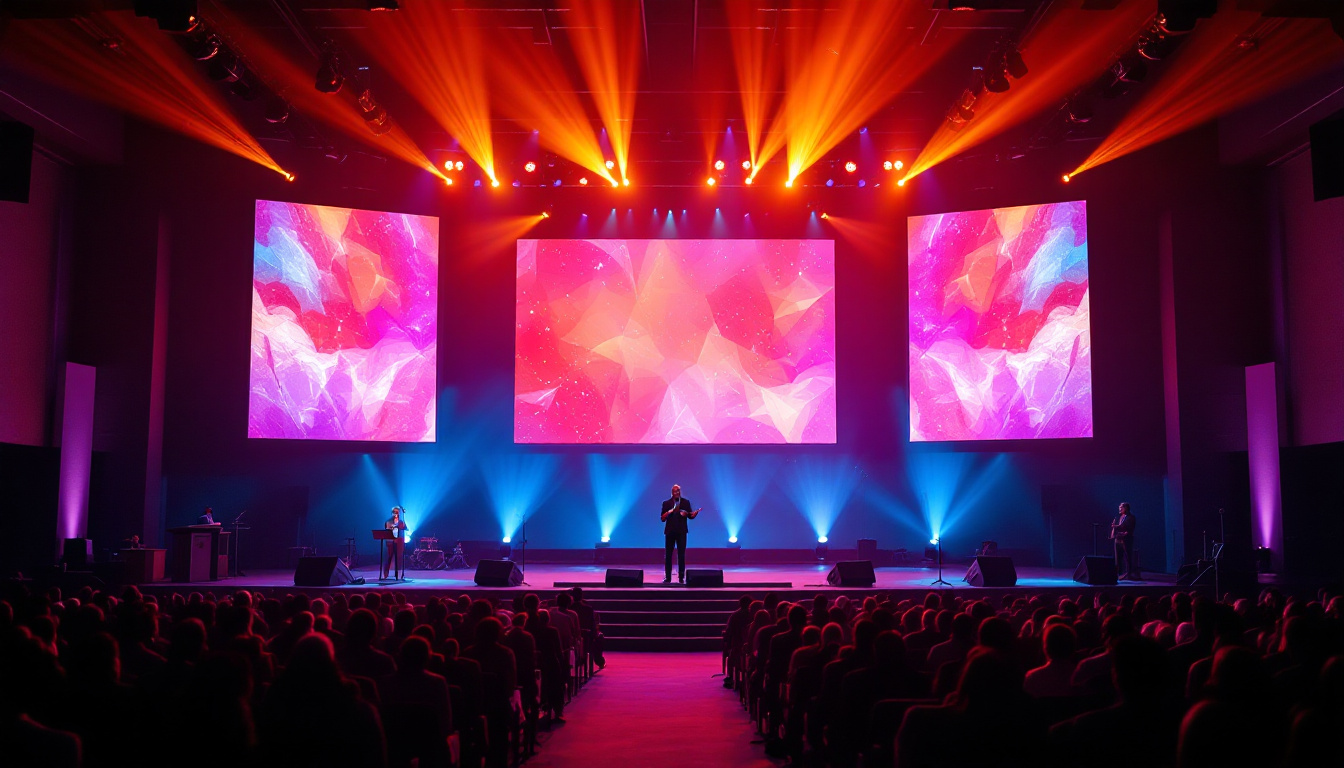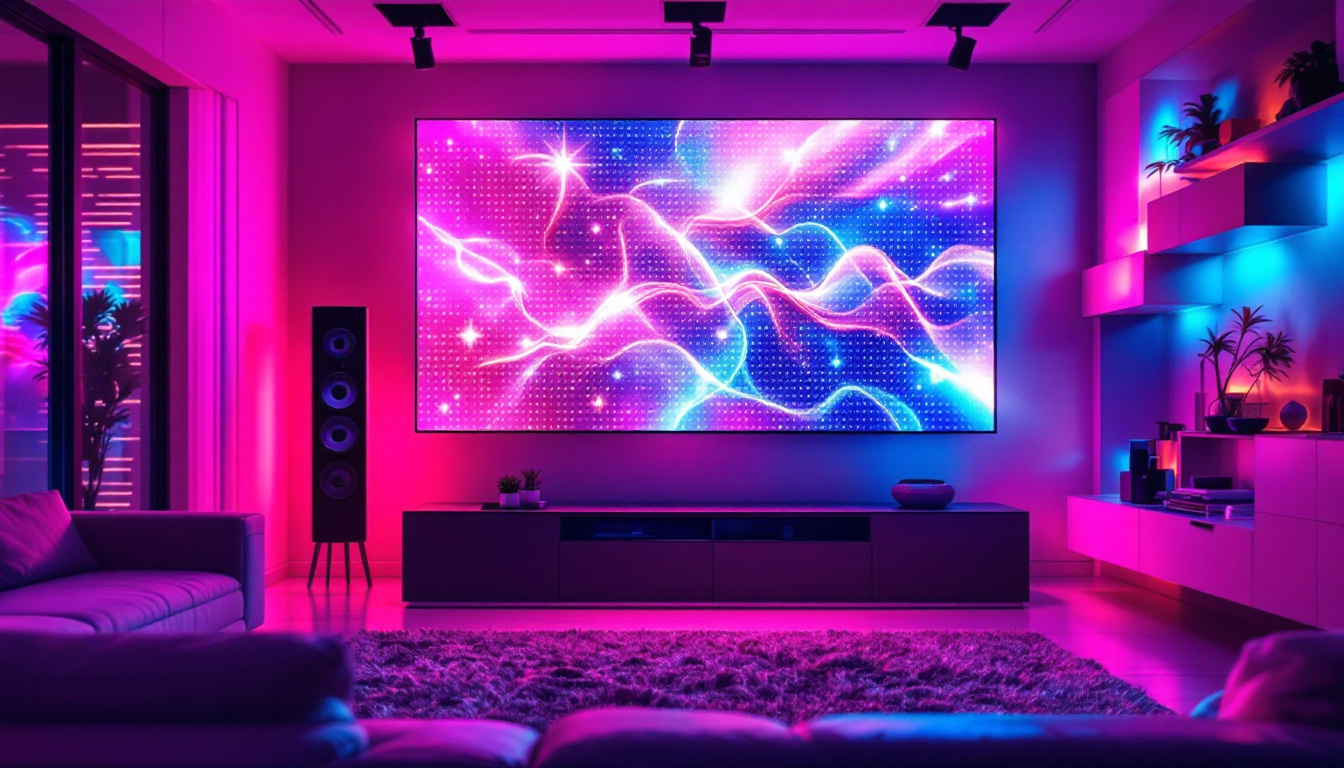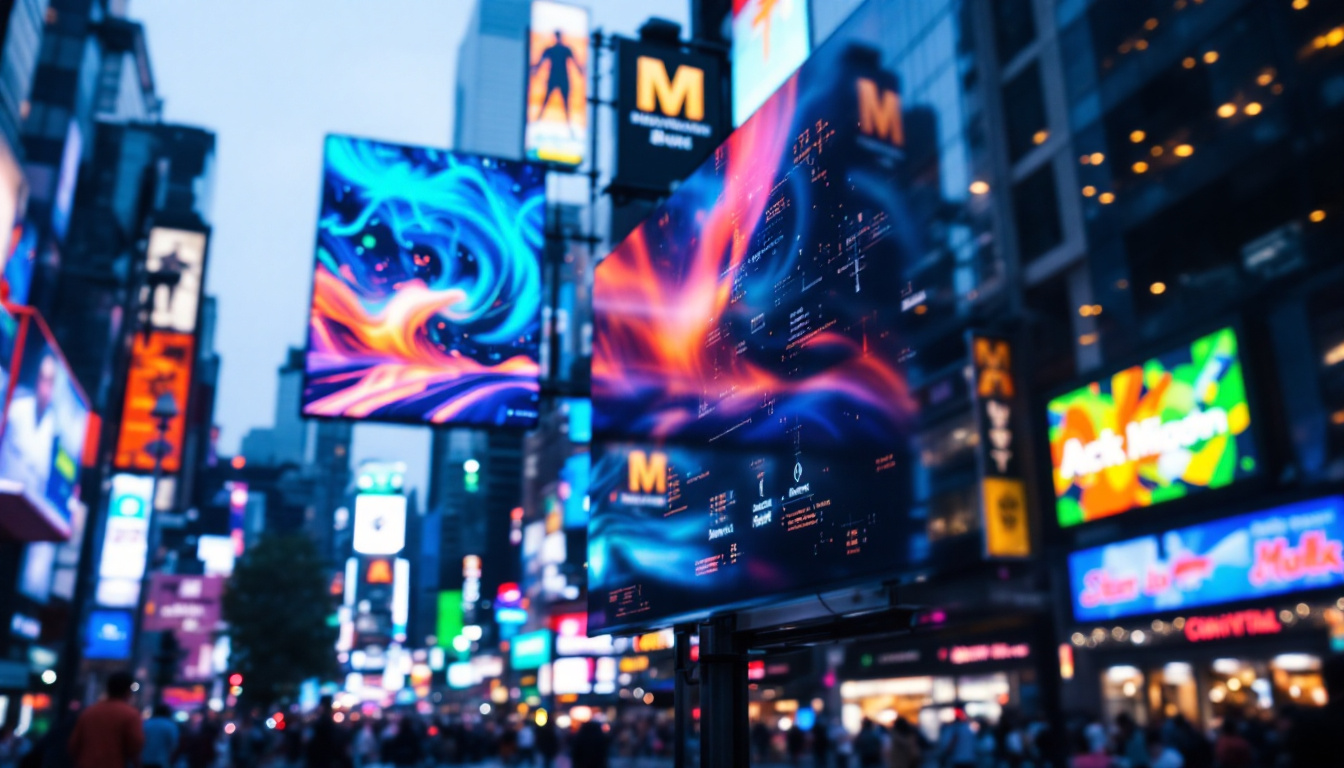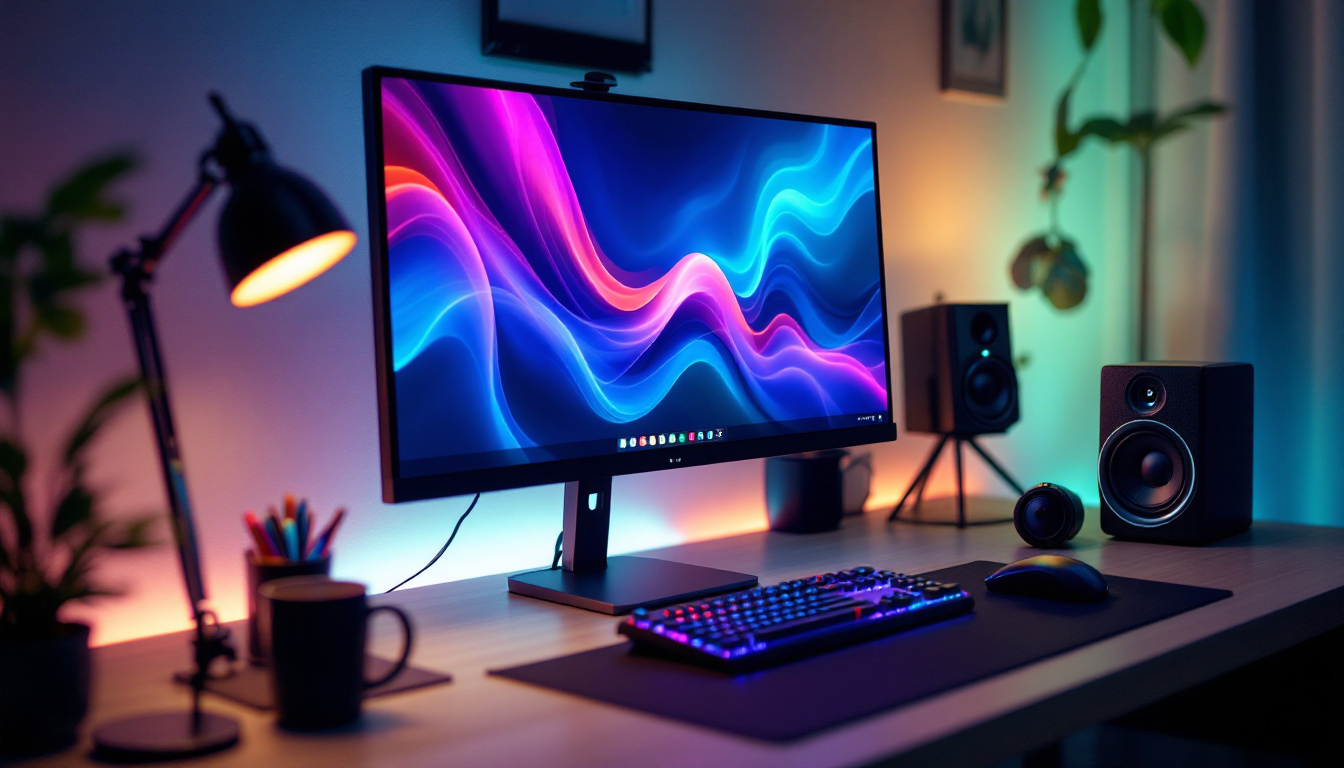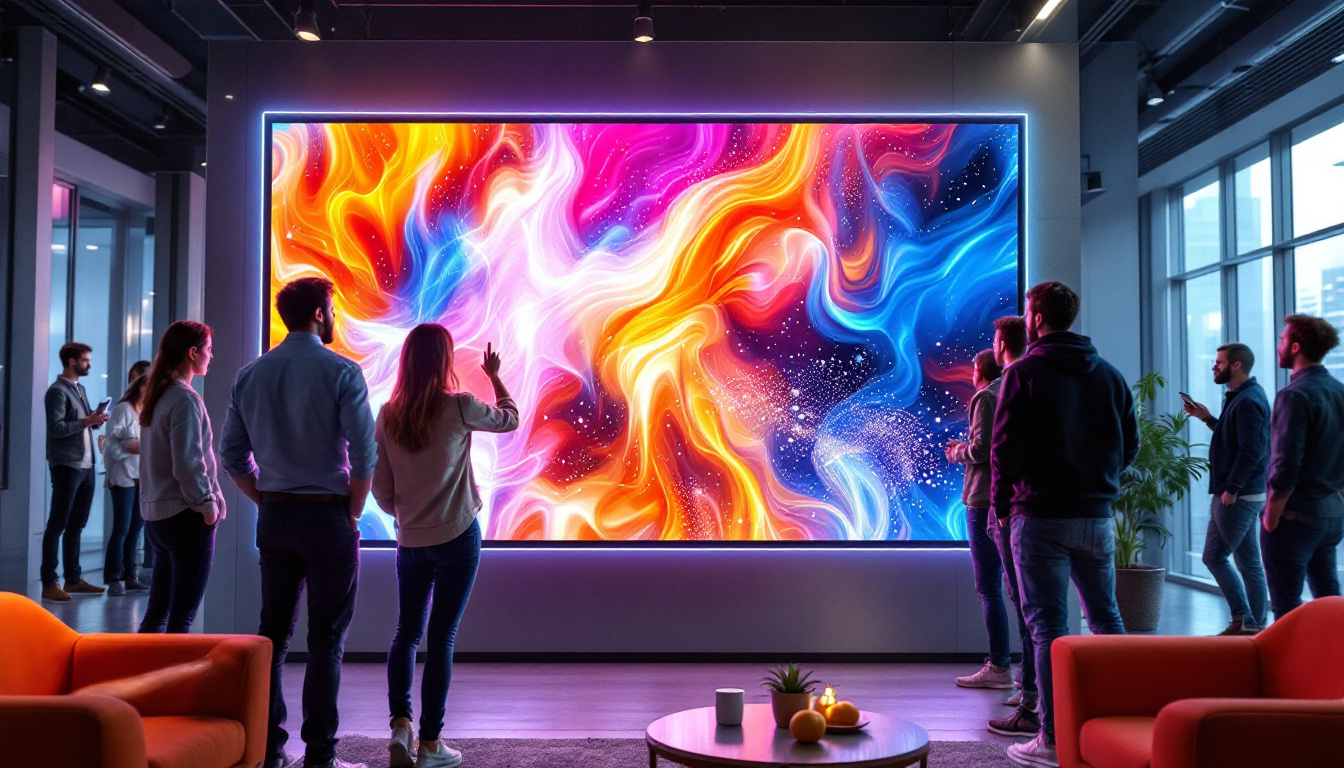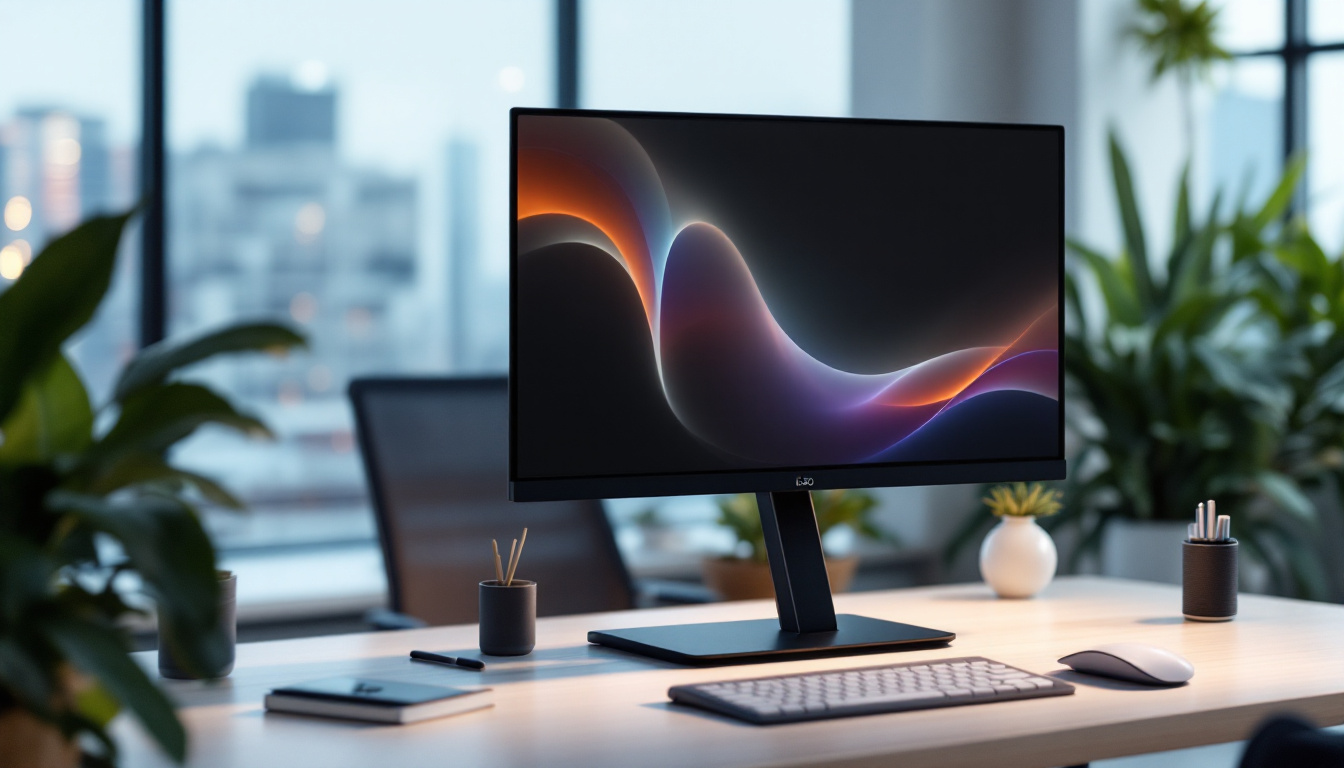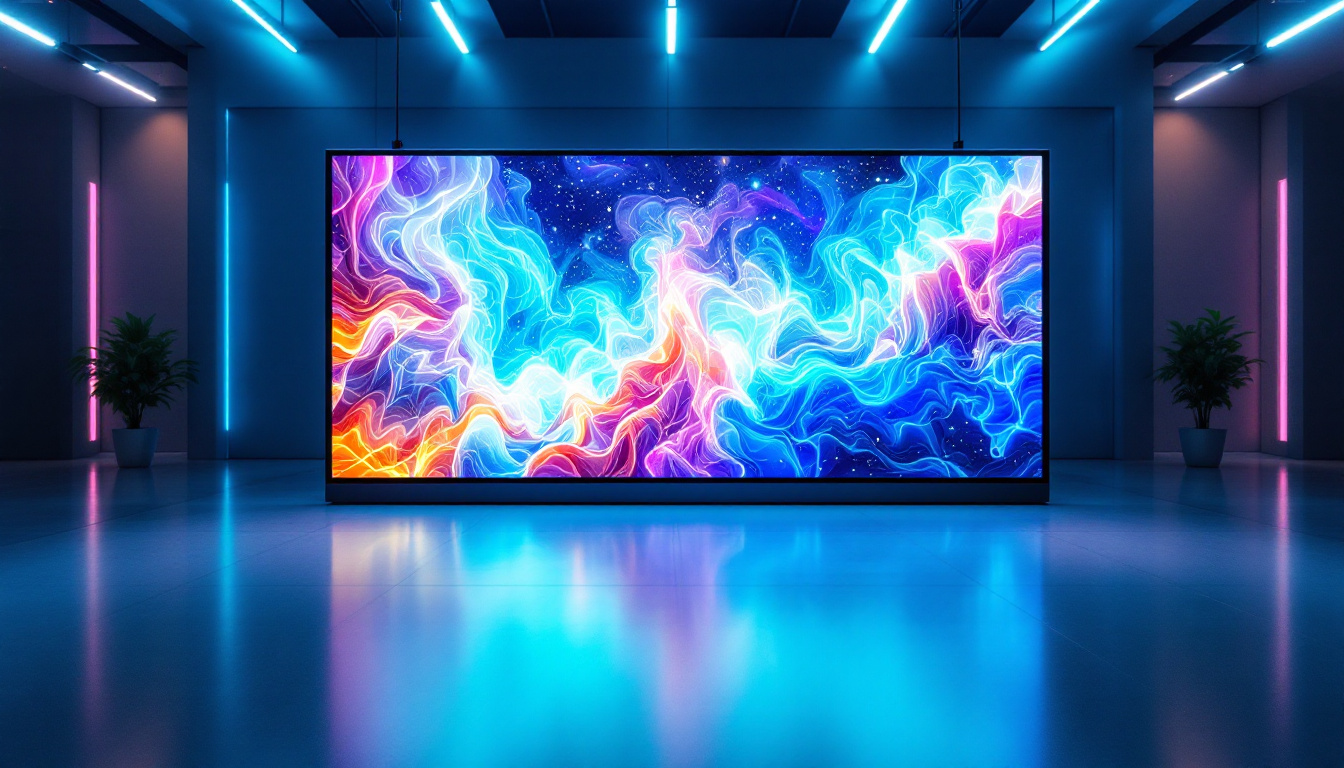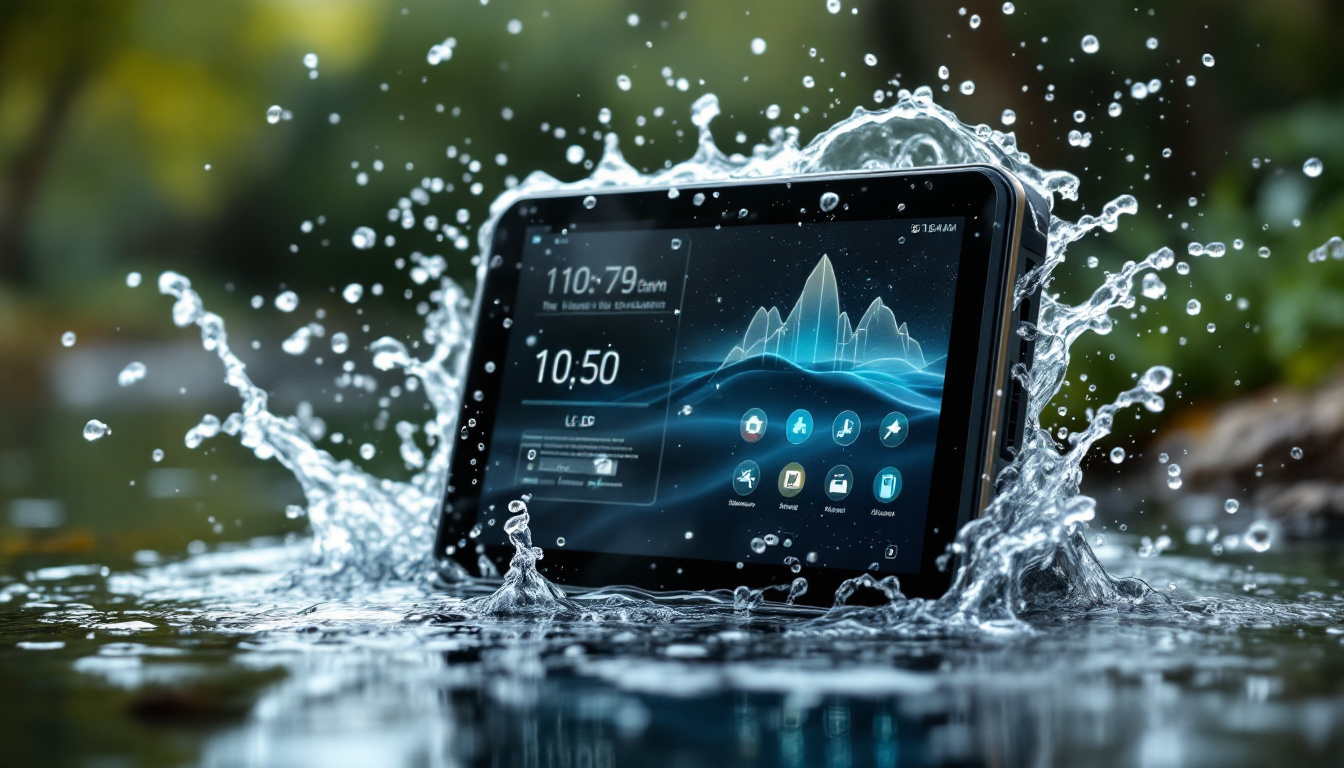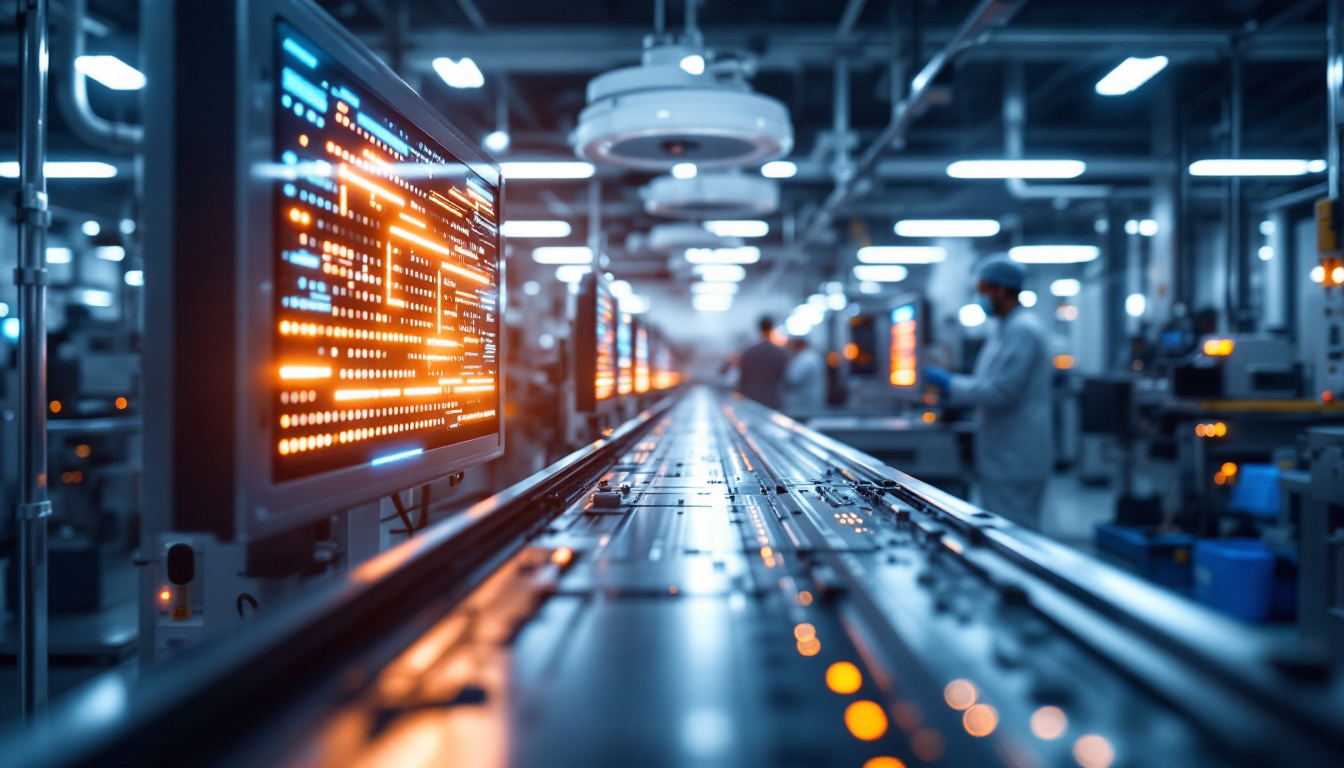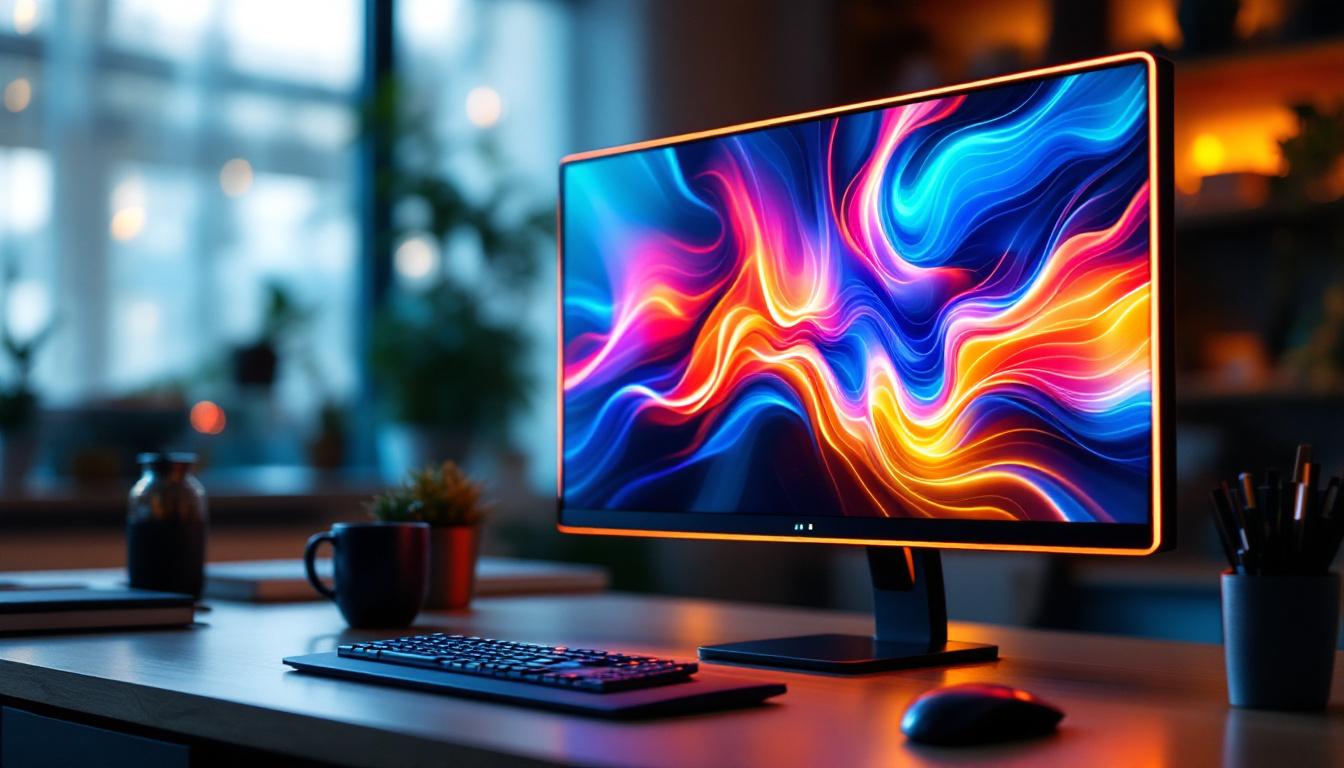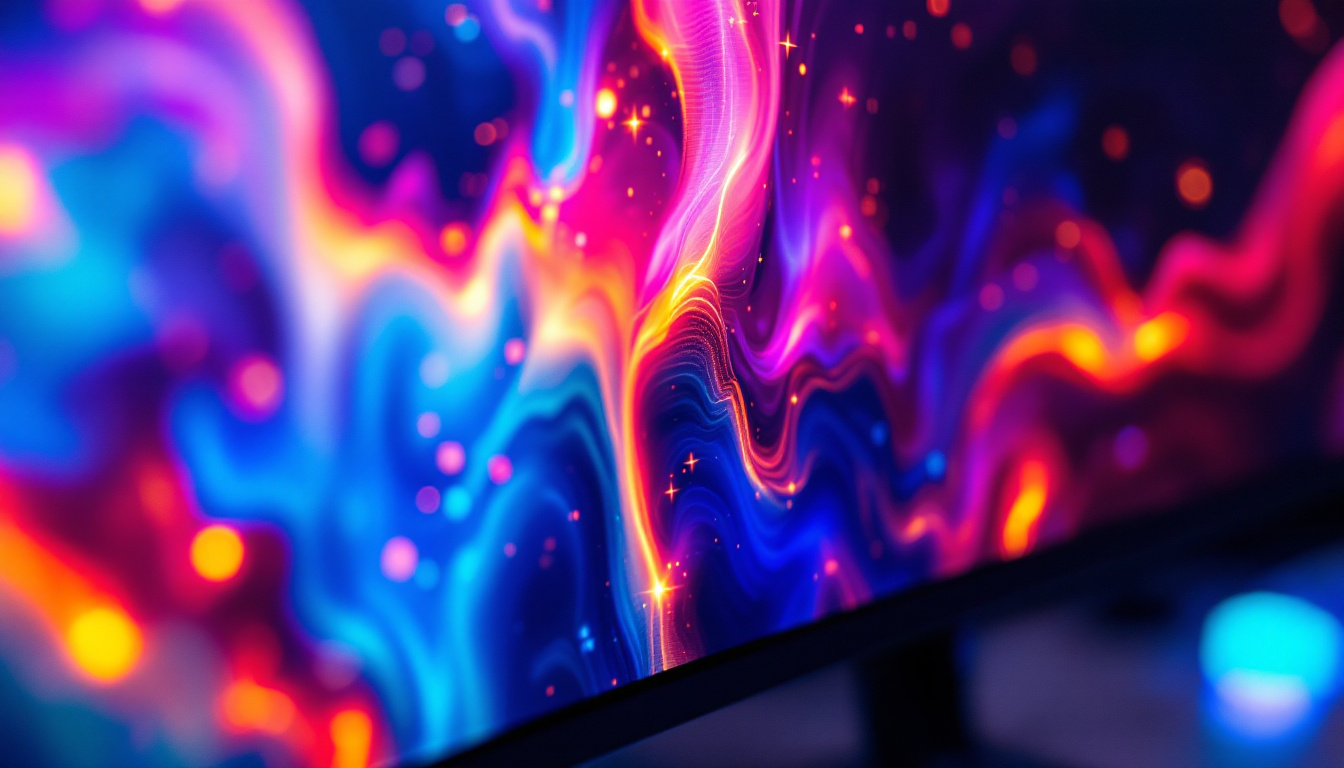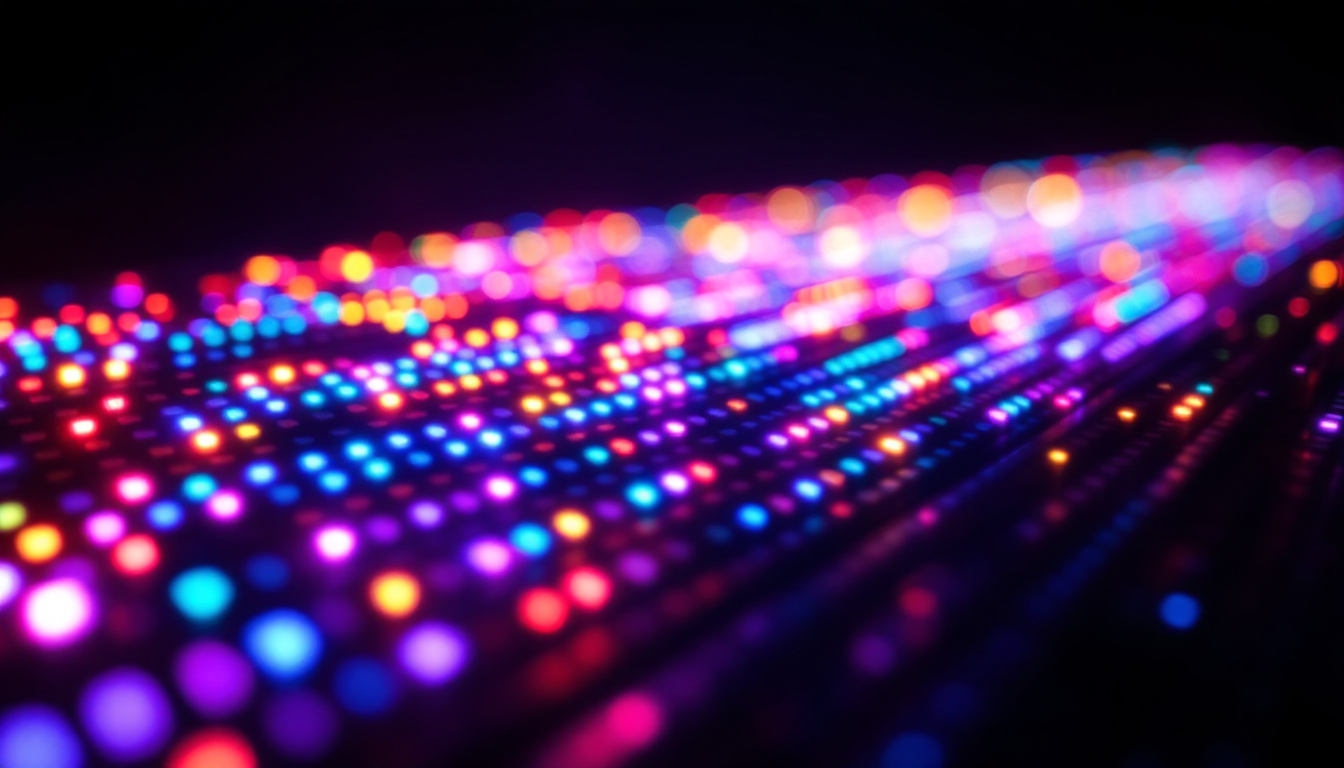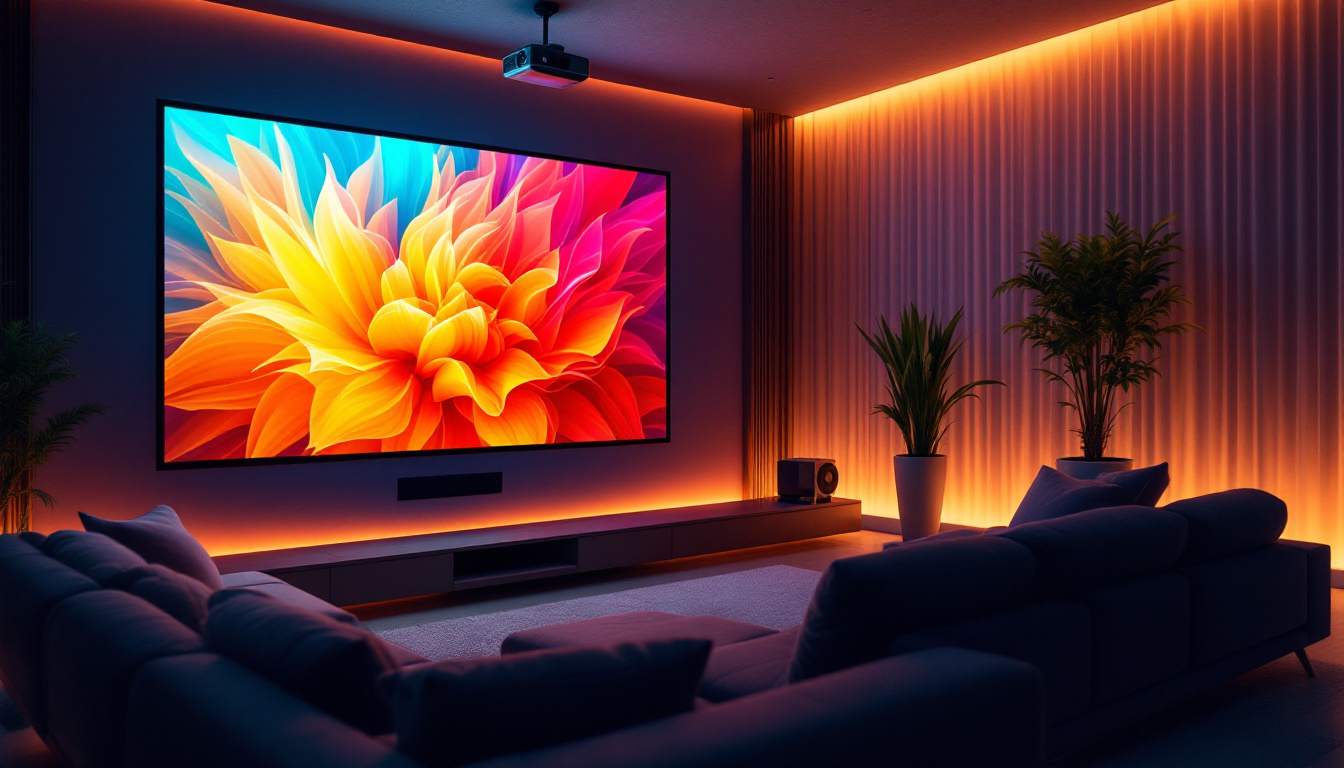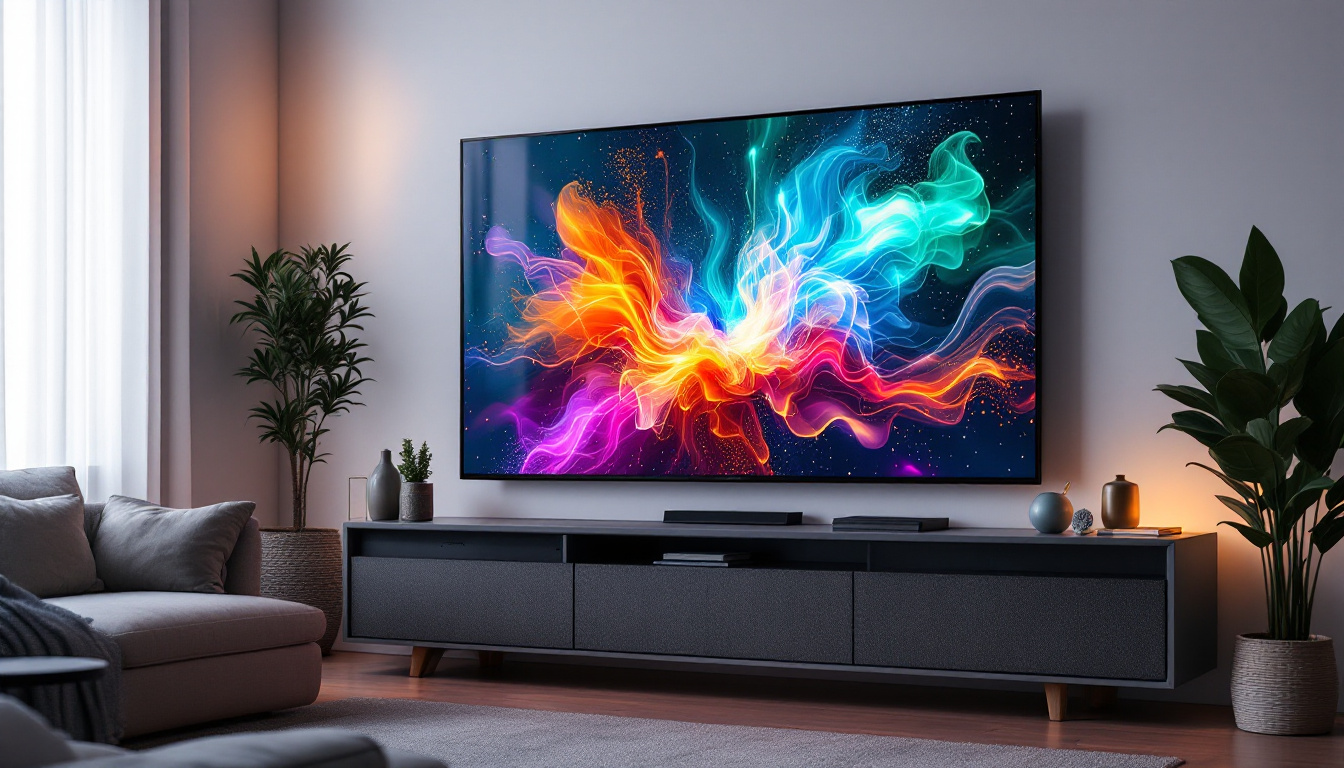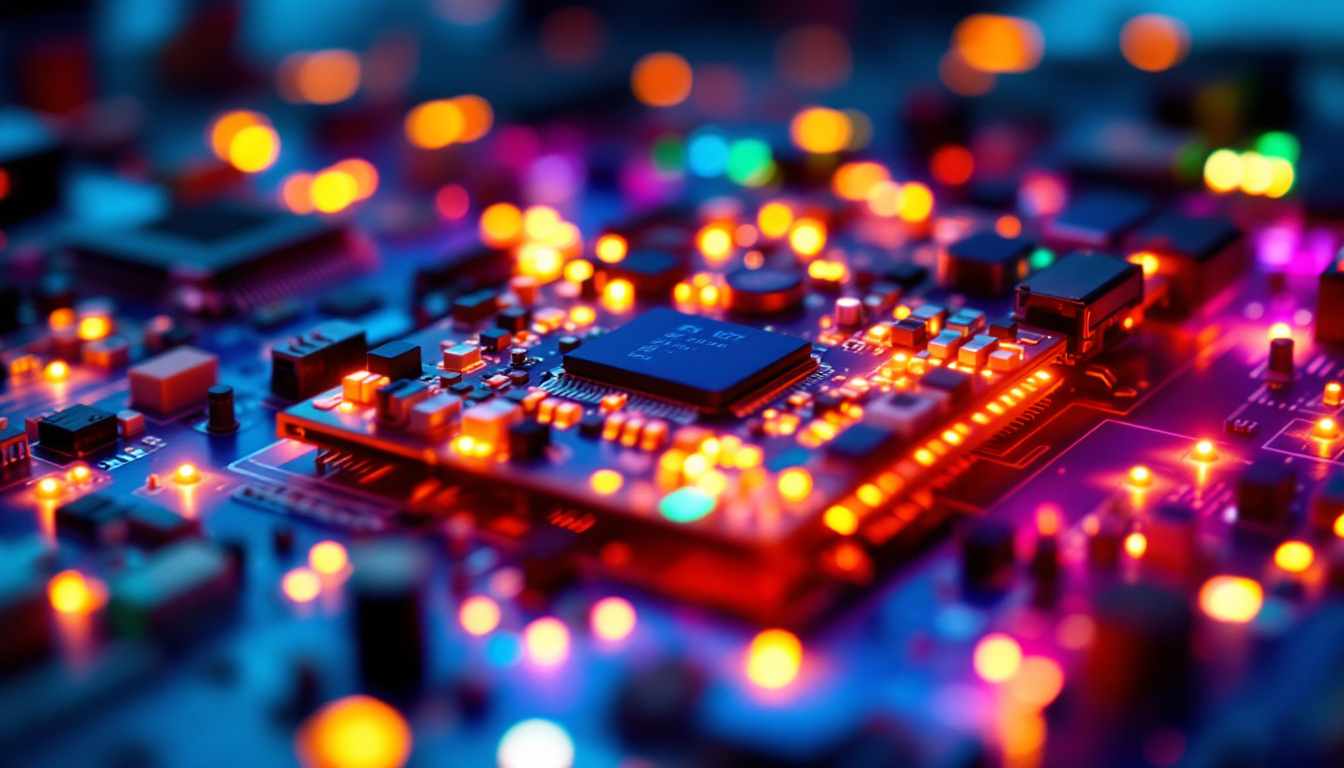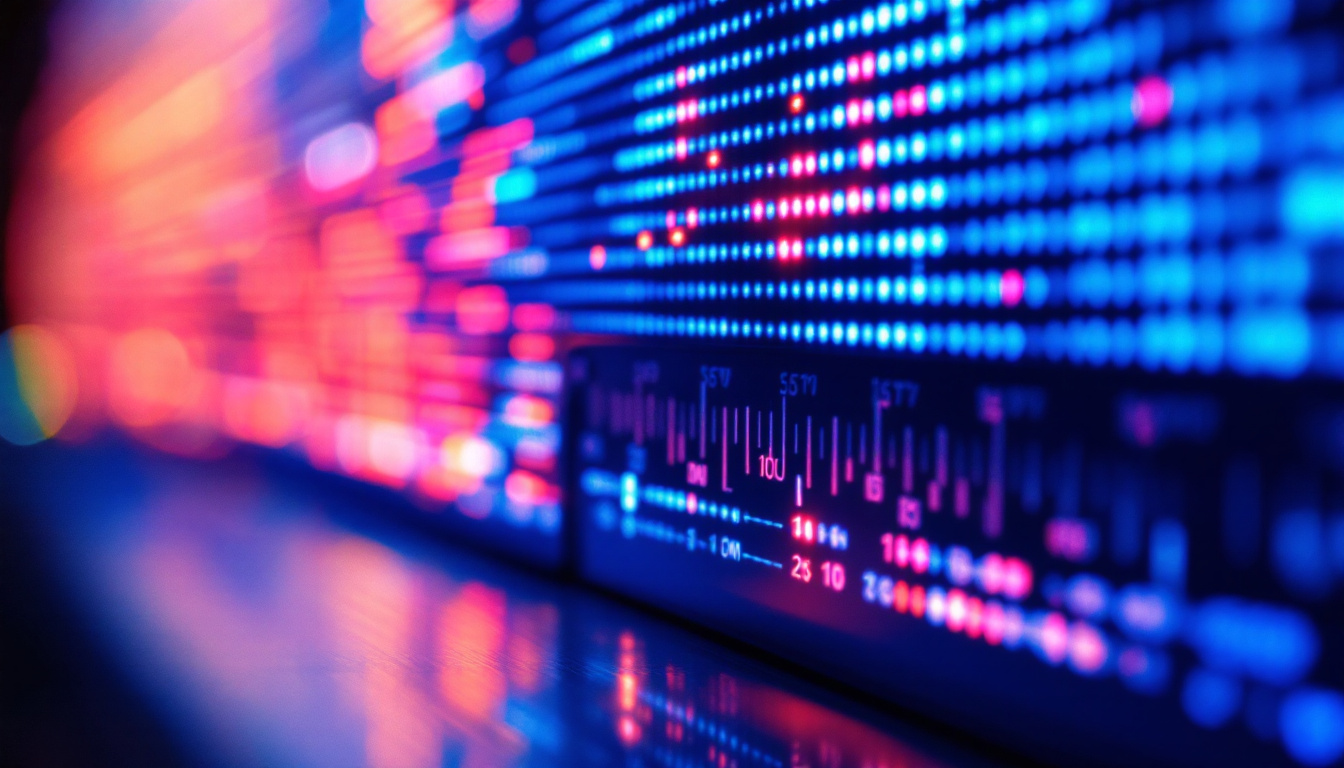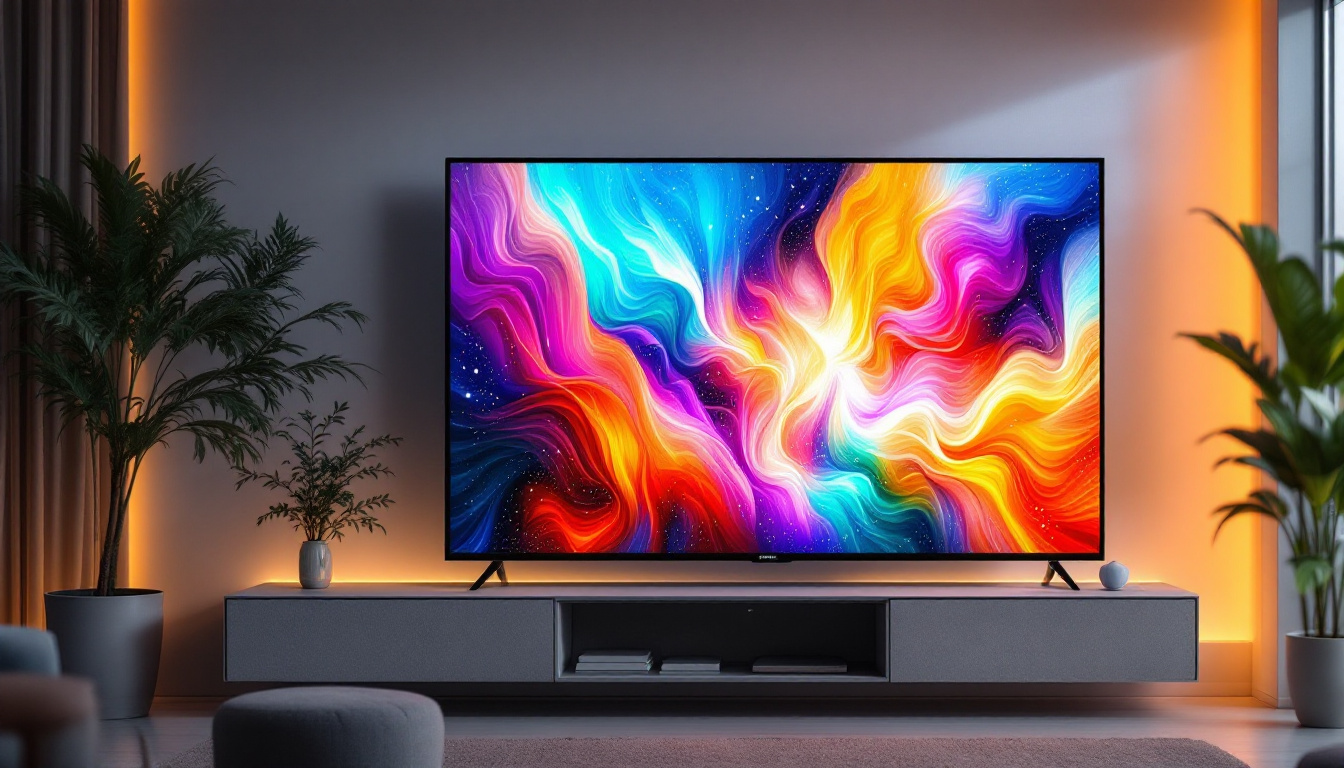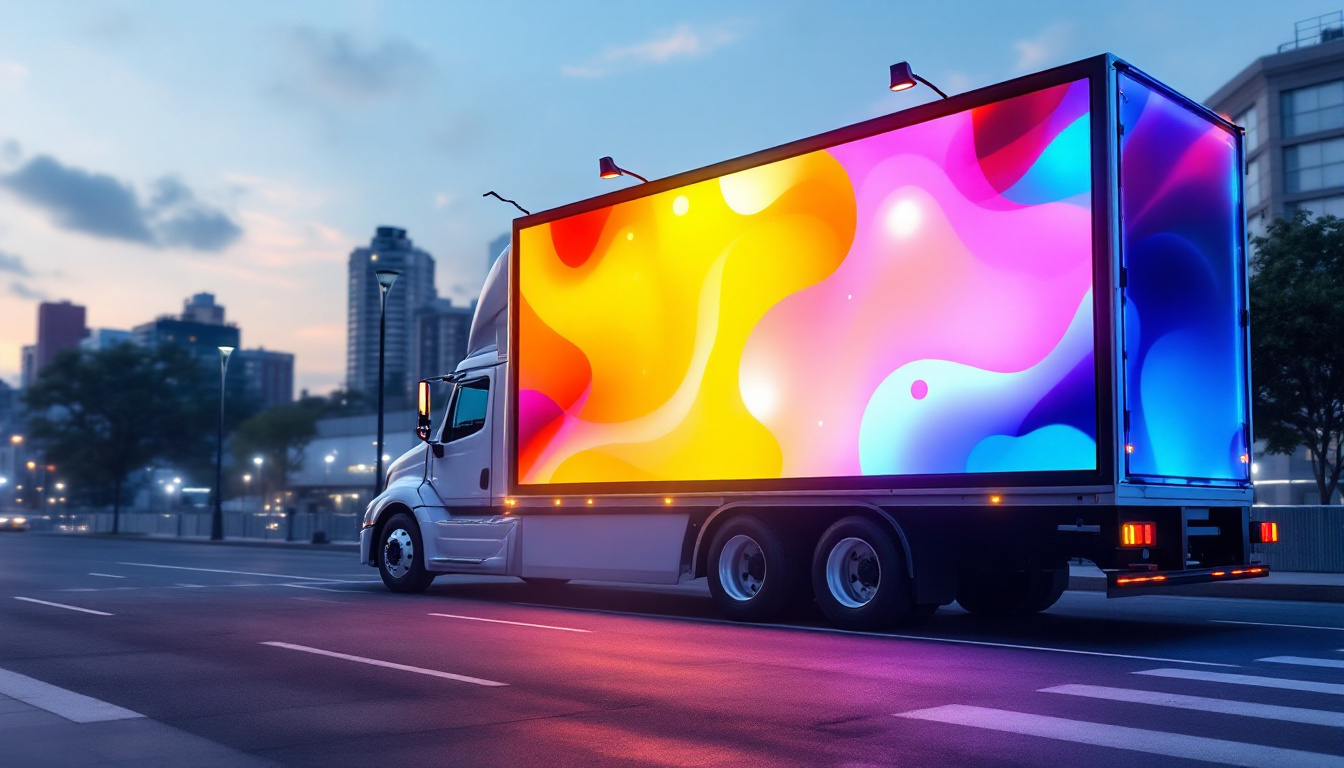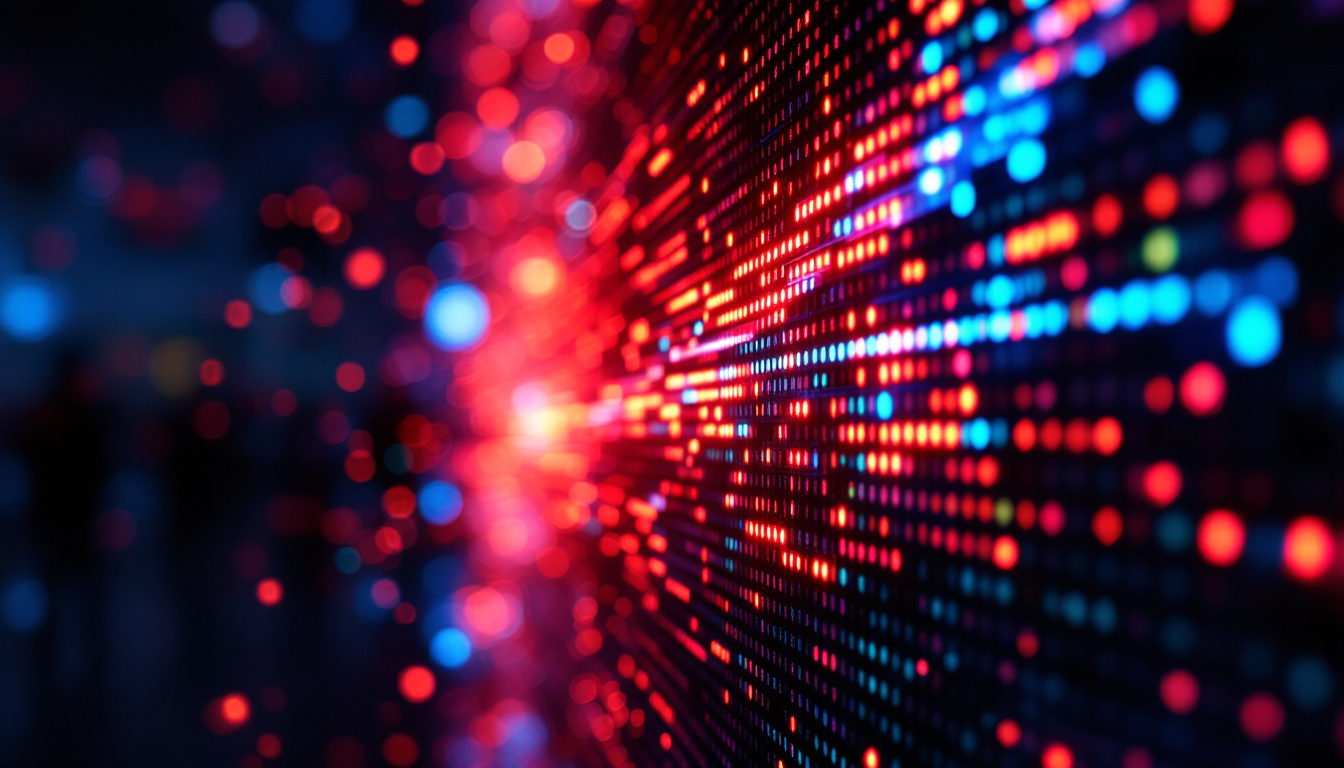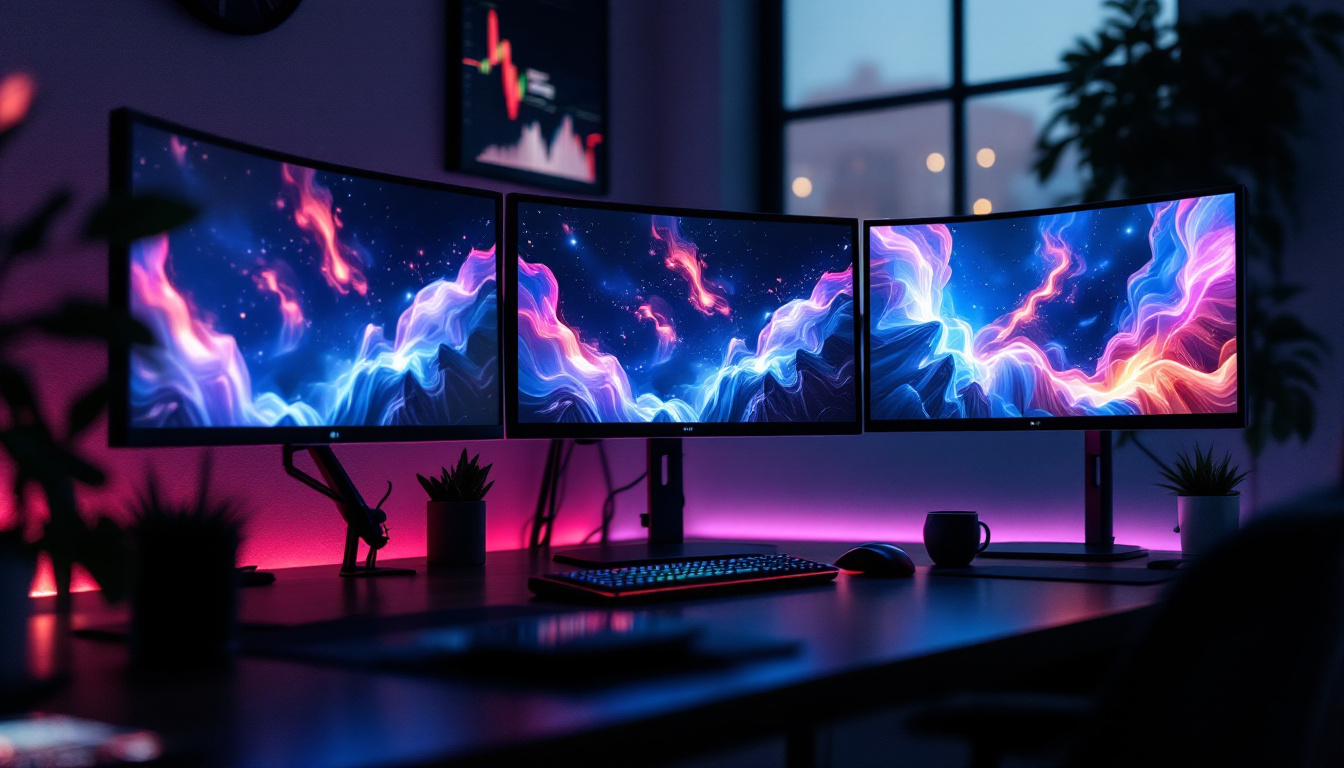The RMA Tracker is an essential tool for businesses that deal with returns and exchanges. In the modern retail landscape, an efficient return management system can significantly enhance customer satisfaction and streamline operations. One of the key features of an RMA Tracker is its LED display, which provides real-time updates and information. This article delves into the functionality of LED displays within RMA Trackers, their benefits, and how they can improve the overall return process.
Understanding RMA Trackers
Return Merchandise Authorization (RMA) Trackers are systems designed to manage the return process of products efficiently. They enable businesses to handle returns, exchanges, and refunds seamlessly. By integrating an RMA Tracker into their operations, companies can reduce the time and resources spent on managing returns.
The Role of RMA Trackers in Retail
In retail, the return process is often viewed as a necessary evil. However, with an effective RMA Tracker, businesses can turn this challenge into an opportunity. By providing customers with a simple and efficient way to return products, retailers can enhance customer loyalty and trust.
Moreover, RMA Trackers can offer insights into return trends, helping businesses identify potential issues with certain products. This data can inform inventory management and product development, ultimately leading to improved quality and customer satisfaction. For instance, if a particular item is frequently returned due to sizing issues, retailers can adjust their sizing charts or even modify the product design to better meet customer expectations, thereby reducing future returns.
Key Features of RMA Trackers
RMA Trackers are equipped with various features designed to streamline the return process. These may include automated return labels, tracking numbers, and customer notifications. One standout feature is the LED display, which serves as a visual representation of the return status.
The LED display can provide real-time updates on the status of returns, making it easier for both customers and employees to track progress. This transparency can significantly enhance the customer experience, as individuals can see where their return stands at any given moment. Additionally, many RMA Trackers come with integrated analytics tools that allow businesses to monitor return rates and customer feedback in real-time. This capability enables retailers to quickly adapt their strategies based on customer behavior and preferences, ensuring they remain competitive in a fast-paced market.
Furthermore, RMA Trackers often include customizable templates for return policies, allowing businesses to tailor their return processes to fit their brand’s voice and customer expectations. This personalization can foster a sense of connection with customers, making them feel valued and understood. By offering flexible return options, such as exchanges or store credit, retailers can further incentivize customers to remain loyal, even after a return. Overall, the implementation of an RMA Tracker not only simplifies the return process but also serves as a strategic tool for enhancing customer relationships and driving sales growth.
The Importance of LED Displays
LED displays have become increasingly popular in various industries due to their clarity and efficiency. In the context of RMA Trackers, they play a crucial role in communication and information dissemination.
Real-Time Updates
One of the primary advantages of LED displays is their ability to provide real-time updates. Customers can instantly see the status of their return, whether it is pending, approved, or completed. This immediacy helps to alleviate anxiety and uncertainty often associated with the return process.
For businesses, having an LED display means that employees can quickly access information without sifting through paperwork or digital records. This efficiency can lead to faster processing times and improved customer service.
Enhanced Visibility
LED displays are known for their bright and clear visuals, making them easy to read from a distance. This feature is particularly beneficial in busy retail environments where customers may need to quickly glance at information. An LED display can convey essential information, such as return status, estimated processing times, and any additional instructions.
Additionally, the use of color coding can further enhance visibility. For instance, green lights could indicate successful returns, while red could signal issues that need addressing. This intuitive design helps customers and staff quickly understand the situation at a glance.
Benefits of Integrating LED Displays in RMA Trackers
Integrating LED displays into RMA Trackers offers numerous benefits that can positively impact both customers and businesses. From improved communication to enhanced operational efficiency, the advantages are substantial.
Improved Customer Experience
Customers value transparency and communication throughout the return process. An LED display provides them with the information they need without having to reach out to customer service. This self-service capability is a significant improvement over traditional methods, where customers often had to wait for responses.
Furthermore, the visual nature of LED displays can make the return process feel more engaging and less daunting. Customers are more likely to feel satisfied when they can see their return status clearly, leading to a more positive overall experience.
Increased Operational Efficiency
For businesses, the integration of LED displays can lead to increased operational efficiency. With real-time updates readily available, employees can spend less time managing inquiries and more time focusing on processing returns. This shift can lead to faster turnaround times and improved productivity.
Moreover, the data collected through RMA Trackers can be analyzed to identify trends and areas for improvement. By understanding return patterns, businesses can make informed decisions about inventory and product quality, ultimately reducing the volume of returns.
Implementing LED Displays in RMA Trackers
Implementing LED displays in RMA Trackers requires careful planning and execution. Businesses must consider various factors to ensure a successful integration that meets their needs and enhances the customer experience.
Choosing the Right Technology
When selecting an LED display for an RMA Tracker, businesses should assess their specific requirements. Factors such as size, resolution, and connectivity options are crucial to consider. A larger display may be necessary for high-traffic areas, while a smaller one may suffice for less busy locations.
Additionally, the technology behind the LED display is important. Businesses should opt for displays that offer high visibility in various lighting conditions and can withstand the wear and tear of a retail environment.
Training Staff
Once the LED displays are installed, training staff on how to use them effectively is essential. Employees should understand how to interpret the information displayed and how to assist customers with any questions they may have. Proper training ensures that the system operates smoothly and that staff can provide the best possible service.
Regular updates and refreshers can also help keep staff informed about any changes to the system or new features that may be added over time.
Challenges and Considerations
While the integration of LED displays into RMA Trackers offers numerous benefits, there are also challenges and considerations that businesses must address. Understanding these potential hurdles can help organizations prepare effectively.
Cost Implications
One of the primary challenges associated with implementing LED displays is the cost. Businesses must weigh the initial investment against the potential long-term benefits. While LED displays can enhance efficiency and customer satisfaction, the upfront costs can be significant.
Organizations should conduct a cost-benefit analysis to determine whether the investment aligns with their overall business strategy. Exploring financing options or phased implementations may also help mitigate the financial burden.
Maintenance and Upkeep
Like any technology, LED displays require maintenance to ensure they function correctly. Regular checks and updates are necessary to keep the system running smoothly. Businesses must allocate resources for maintenance and consider potential downtime when planning their operations.
Establishing a maintenance schedule and training staff to recognize potential issues can help minimize disruptions and ensure that the LED displays continue to serve their intended purpose effectively.
Future Trends in RMA Tracking and LED Displays
The landscape of retail and return management is continually evolving. As technology advances, new trends are emerging that could shape the future of RMA tracking and LED displays.
Integration with Artificial Intelligence
One of the most exciting trends is the integration of artificial intelligence (AI) into RMA Trackers. AI can analyze data from returns, providing insights that can help businesses optimize their processes further. For instance, AI algorithms can predict return rates for specific products, allowing companies to adjust their inventory and marketing strategies accordingly.
When combined with LED displays, AI can enhance the information provided to customers. Imagine a display that not only shows return status but also offers personalized recommendations based on past purchases or common return reasons. This level of personalization could significantly enhance the customer experience.
Enhanced Interactivity
Future LED displays may also incorporate interactive features, allowing customers to engage with the information presented. Touchscreen capabilities could enable customers to check their return status, access FAQs, or even initiate a return directly from the display.
Such interactivity would not only streamline the return process but also empower customers to take control of their experience. This shift towards self-service can lead to increased satisfaction and reduced pressure on customer service teams.
Conclusion
The integration of LED displays into RMA Trackers represents a significant advancement in the way businesses manage returns. By providing real-time updates and enhancing visibility, these displays improve the customer experience and increase operational efficiency.
While challenges exist, such as cost implications and maintenance requirements, the benefits of implementing LED displays far outweigh the drawbacks. As technology continues to evolve, the future of RMA tracking looks promising, with opportunities for further integration and innovation.
Ultimately, businesses that embrace these advancements will be better positioned to meet the demands of today’s consumers and create a seamless return experience that fosters loyalty and trust.
Explore Cutting-Edge RMA Tracker Displays with LumenMatrix
Ready to elevate your return management system with the latest in LED display technology? LumenMatrix is at the forefront of creating immersive visual experiences that can transform your RMA Tracker’s efficiency and customer engagement. From Indoor and Outdoor LED Wall Displays to innovative solutions like Vehicle and Floor LED Displays, our products are designed to bring your brand to life. Discover how our Custom and All-in-One LED Display solutions can revolutionize your return process and captivate your audience. Check out LumenMatrix LED Display Solutions today and step into the future of visual communication.

